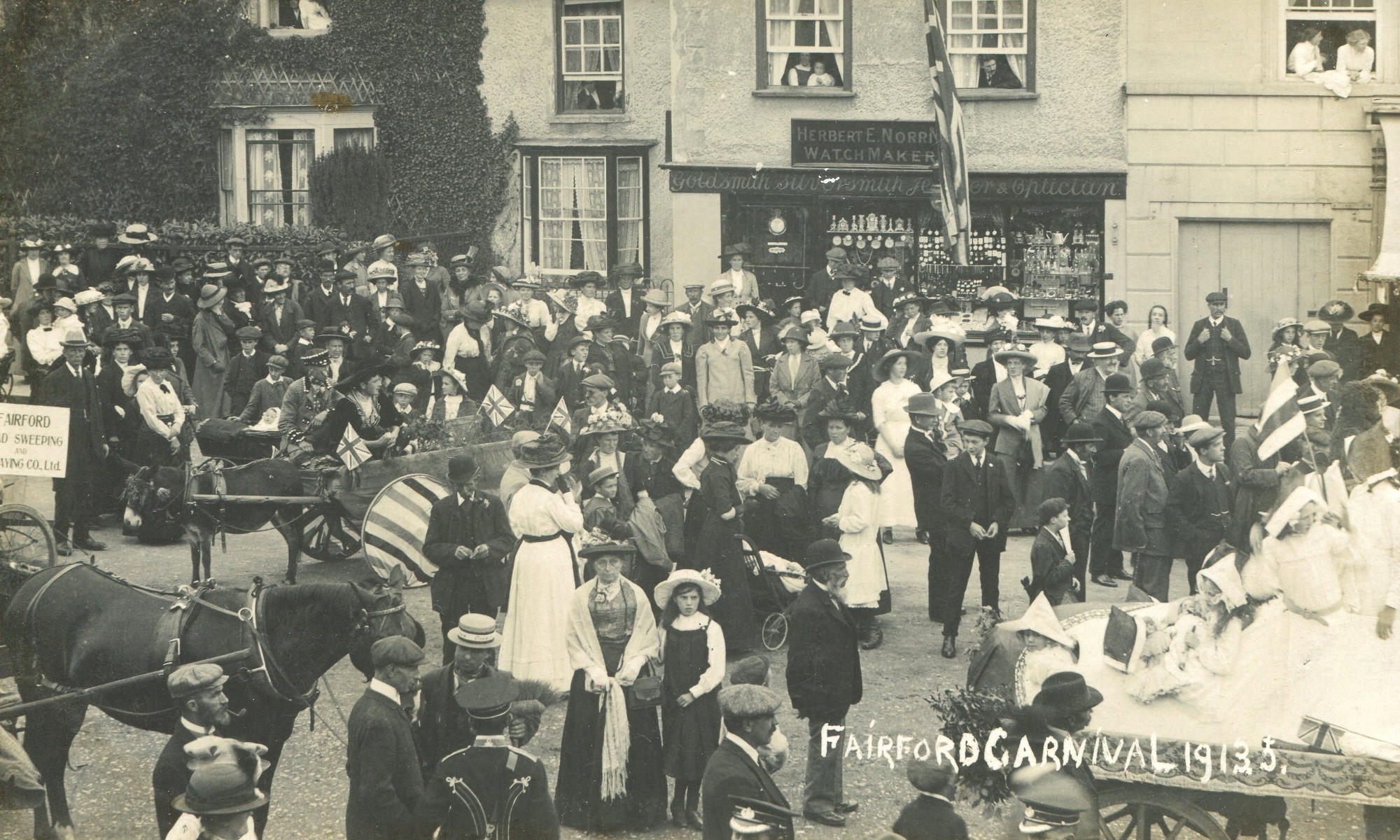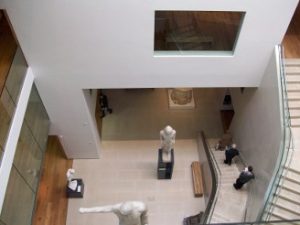On November 26th 1830 over one hundred agricultural workers stormed through Fairford with the intent to destroy ‘thrashing machines’. At workshops of John Savory and Richard Rose they caused about £85 worth of damage each and a chaff-cutting machine worth £3 was destroyed at the home of Joseph Jenkyns. Seventeen men were arrested and four of them were later sentenced to transportation to Australia. Similar events had been happening throughout neighbouring counties and on up to Norfolk. The government, after initially ignoring the events, decided to act quickly and rioters were tried and convicted all within the space of six months. The events were called the ‘Swing Riots’ as threatening letters signed by a fictitious ‘Captain Swing’ had been sent to the owners of thrashing machines. At this time most southern English agricultural workers were suffering from serious hardship; they were poorly paid, the cost of bread and rents were high, there had been two poor harvests, and increasing mechanisation reduced the amount of paid work available, particularly threshing which was the main task during the winter. This drove the men to this action.
Those that could be identified during the riot in Fairford were arrested and charged. Three men from Fairford were sentenced to seven years transportation: John Mitchell, Robert Cowley and Christopher Ponting, a fourth, Isaac Boulton, was also convicted but his sentence commuted.
Jill Chambers, the author of a series of county-based books who has been studying the subject for 25 years, gave an extremely interesting and informative account of the wider picture and the specific events in Fairford – see her website www.swingriotsriotersblacksheepsearch.com for further details and her book Gloucestershire Machine Breakers, a new edition of which is coming out soon.
FHS were very pleased to welcome two great-great-grandchildren of Christopher Ponting who made a special visit from Sussex to attend this meeting and afterwards presented FHS with a copy of the Ponting Family Tree.






